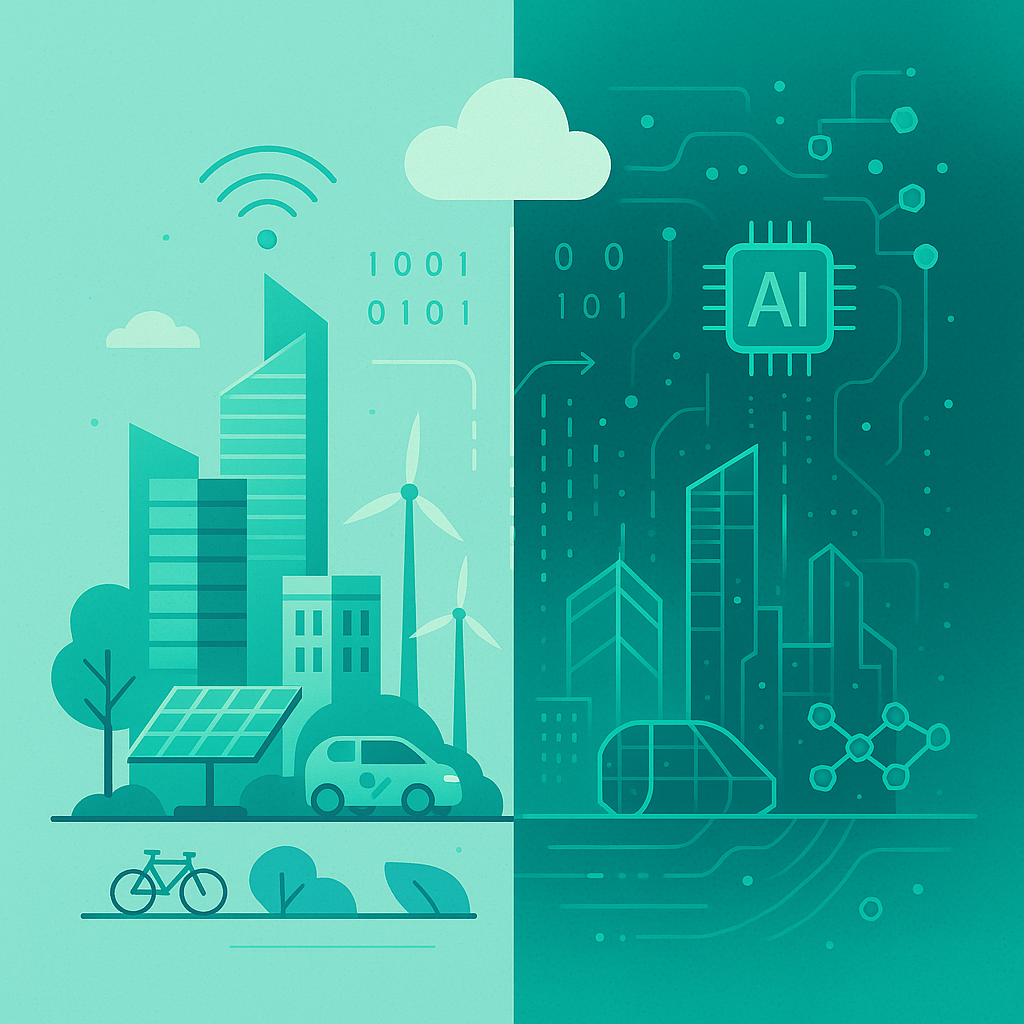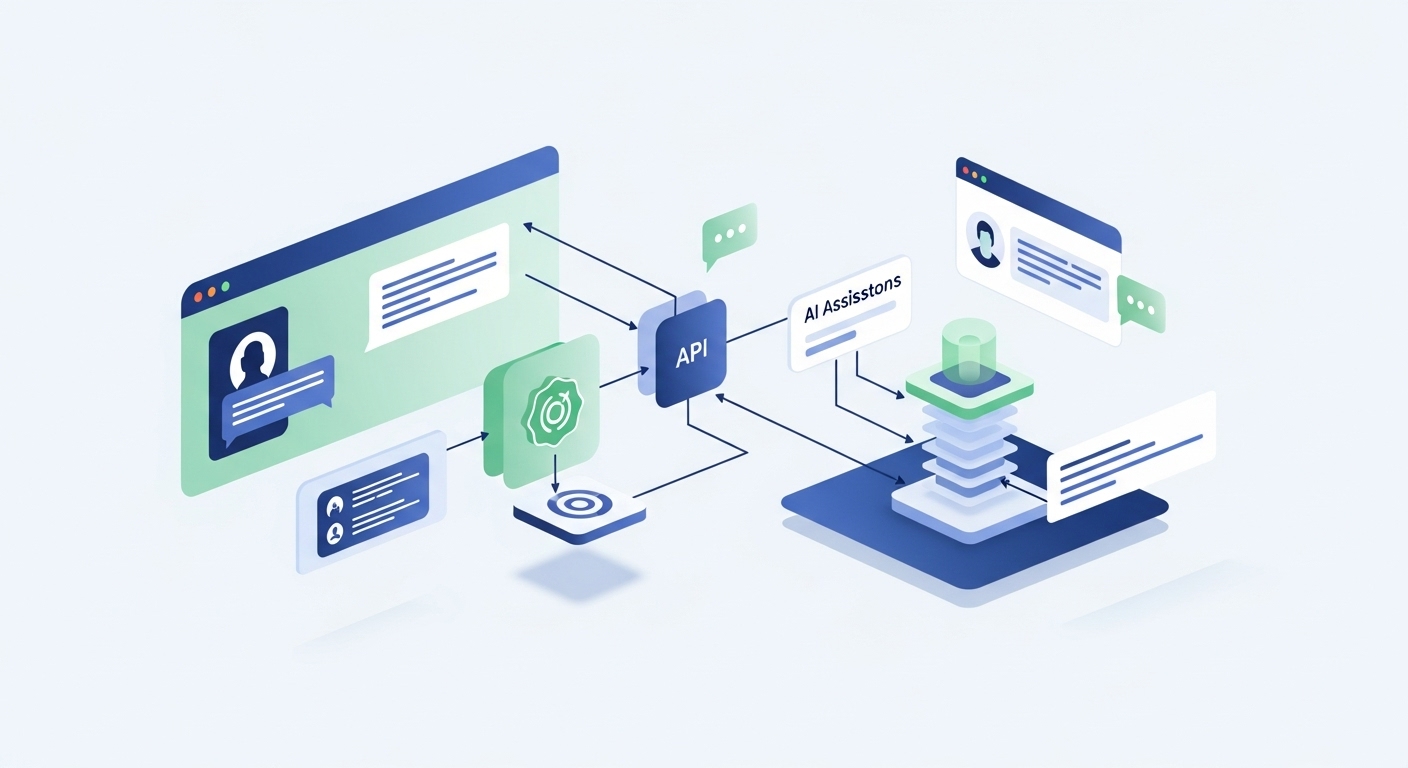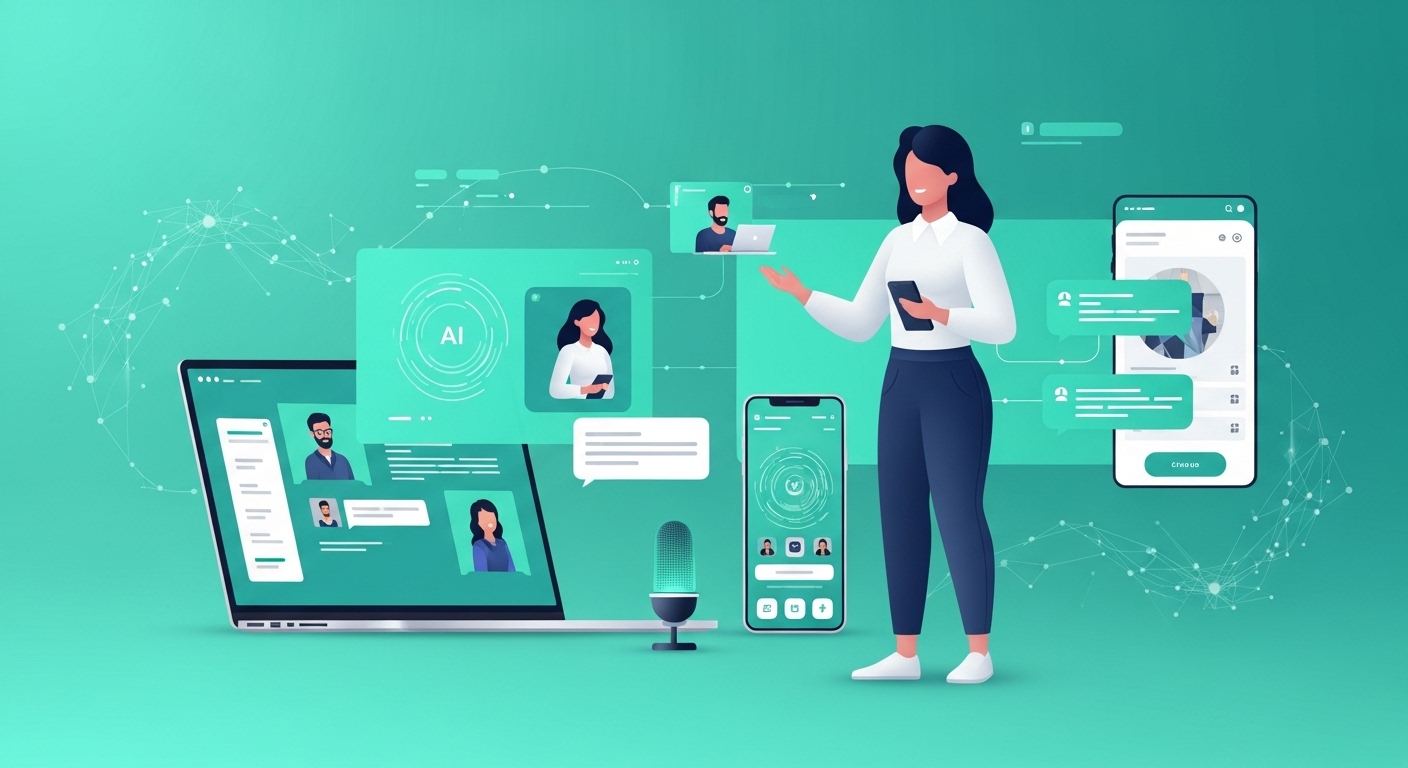Digital Twins: The technology that’s transforming industries
Digital twins are quickly emerging as one of the most promising technologies of our time. Acting as a dynamic bridge between the physical and digital worlds, they are already revolutionizing how we design, operate, and optimize everything from individual products to critical infrastructure and entire cities.

What are Digital Twins?
A digital twin is a virtual replica of an existing physical object or system. It captures the entity’s key properties and relationships to simulate its behavior in a digital environment. The goal is to create an accurate representation that allows real-world mechanisms to be analyzed, tested, and fine-tuned—without touching the original.
But here’s what makes digital twins truly powerful: they are not static. These models are fueled by real-time—or near real-time—data from sensors, transactional systems, and other connected sources. The result is a continuous feedback loop that mirrors the current state of the physical counterpart, predicts future behavior, and enables data-driven decision-making.
From prototypes to Digital Twins: A brief history
While humanity has long relied on physical models and prototypes, the shift to digital twins began taking shape in the 1980s. NASA used detailed simulations of spacecraft behavior to support critical mission planning.
The concept gained broader attention in 1993 when Yale professor David Gelernter published Mirror Worlds. In it, he envisioned a future where modeling and simulation would allow us to digitally recreate the real world inside a “shoebox”—an early reference to what we now recognize as digital twins.
Still, it wasn’t until recently that the concept became truly viable. Advances in big data, cloud computing, artificial intelligence (AI), and the Internet of Things (IoT) have turned what once sounded like science fiction into a scalable, practical technology available to organizations of all sizes.
The tech behind Digital Twins
The effectiveness of a digital twin relies on its ability to integrate, process, and learn from live data. Experts and industry reports—including those from the Inter-American Development Bank—highlight four key enabling technologies:
- Internet of Things (IoT): Connected devices and sensors link the physical asset to its digital counterpart, feeding it real-time operational data.
- Artificial Intelligence (AI): Machine learning and predictive analytics uncover patterns, detect failures, and suggest improvements.
- Virtual and Augmented Reality (VR/AR): Immersive tools make it easier to visualize complex systems, train users, and support remote collaboration.
- Cloud Computing and Big Data: Elastic infrastructure allows for scalable storage, integration, and processing of large, distributed datasets.
Types of Digital Twins
Not all digital twins are created equal. Based on their scope and level of detail, they typically fall into four main categories:
- Component Twins: Simulate an individual part of a product (e.g., a gear in an engine) to assess performance.
- Asset Twins: Represent a complete physical object and its internal components—like a wind turbine or an aircraft engine.
- System Twins: Combine multiple assets and simulate their interactions within a larger system, such as a factory floor or a public transport network.
- Process Twins: Focus on operational or business workflows to test, compare, and improve them for greater efficiency.
Key benefits of Digital Twins
Organizations across industries are adopting digital twins for their measurable advantages:
- Cost Reduction: Simulating and validating virtually is significantly more cost-effective than building multiple physical prototypes.
- Risk-Free Experimentation: Test extreme conditions, failure scenarios, or “what if” strategies without endangering real assets.
- Predictive Maintenance: Analyze historical and live data to anticipate failures and minimize downtime.
- Process Optimization: Simulations can reveal bottlenecks and help streamline operations.
- Data-Driven Decision Making: Real-time insights empower smarter tactical and strategic decisions.
- Mass Customization: Products and services can be tailored at scale without losing control of costs.
Where are Digital Twins being used?
Manufacturing and Industry 4.0
Digital twins are a cornerstone of smart manufacturing. They enable:
- Simulation of product behavior before production
- Failure prediction and preventive maintenance scheduling
- Configuration personalization while preserving mass production efficiency
Healthcare and biotechnology
In the healthcare sector, digital twins are reshaping diagnostics and treatment planning:
- Virtual organ models to guide complex surgeries
- Predictive simulations of treatment outcomes weeks or months in advance
- Personalized therapies based on patient-specific clinical data
Urban planning and smart cities
For smart cities, digital twins help:
- Evaluate urban planning models like the “15-minute city”
- Optimize traffic flow, public transport, and utilities
- Enhance disaster preparedness and emergency response
Energy and resources
Digital twins are transforming how we generate and distribute energy:
- Model and optimize electrical grid behavior
- Increase power plant efficiency
- Balance and manage renewable energy installations
Transportation
Government agencies and operators use digital twins to:
- Optimize road, rail, port, and airport networks
- Improve traffic management and reduce congestion
- Plan, monitor, and maintain critical infrastructure more effectively
Highlighted use cases in Latin America
Panama canal expansion
The $5.25 billion Panama Canal expansion used Building Information Modeling (BIM)—functionally a digital twin—to simulate future scenarios. This helped engineers improve design quality, anticipate construction challenges, and optimize the operation of the new locks.
Port digitalization
Several ports in Latin America are leveraging digital twins to test operational scenarios risk-free, streamline logistics, and guide strategic decisions on expansion and emissions reduction. The result? Lower costs, reduced environmental impact, and greater regional competitiveness.
Challenges and considerations
Implementing digital twins goes far beyond installing new software. Organizations must address a range of technical, organizational, ethical, and social factors from the start.
Technical and Operational Challenges:
- Integration with legacy systems and fragmented data
- Handling high data volumes and real-time processing
- Ensuring cybersecurity, resilience, and uptime
- Managing data privacy and governance across stakeholders
Ethical and Social Considerations:
- Transparent use of data and modeling practices
- Balance between automation and human oversight
- Workforce impacts, including job shifts and upskilling
- Ensuring equitable access to benefits across communities
Looking Ahead
The trend is unmistakable: digital twins are becoming a tangible competitive advantage for forward-thinking organizations. As AI simplifies model creation and cloud infrastructure lowers barriers, adoption is set to accelerate.
In many regions, broader cloud platform availability and better connectivity will be key drivers. As costs decline and tech maturity grows, we can expect wider implementation across both public and private sectors.
What if you could predict your business future?
Digital twins are changing how we design, build, and manage complex systems. With maturing technologies like AI, IoT, and cloud computing, this powerful approach is becoming more accessible and strategically essential.
At 2Brains, we help organizations harness emerging technologies like digital twins to streamline operations, anticipate future scenarios, and make smarter, data-driven decisions.
Ready to take your operations to the next level? Let’s talk and co-design a solution tailored to your challenges.

